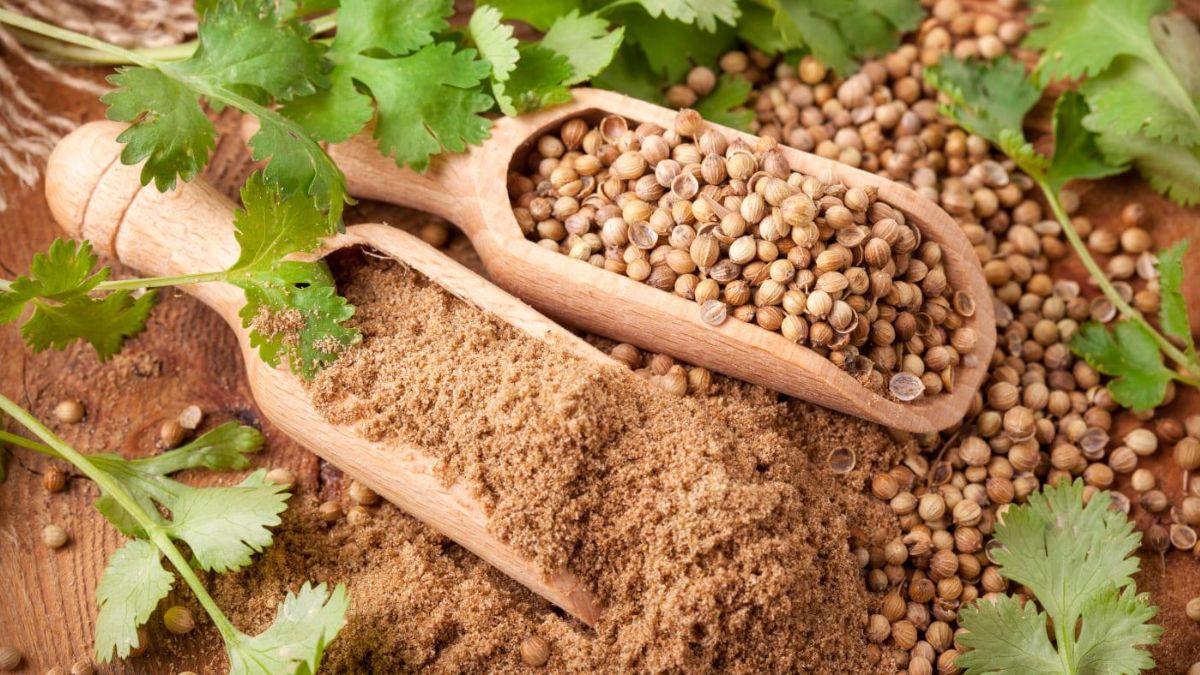In the vast, fragrant garden of global cuisine, few ingredients provoke such a passionate and immediate response as the humble leaf known by many names: cilantro, Chinese parsley, coriander leaf, or, as it’s called in Greek and several other languages, koriandri.
To its devotees, koriandri is the vibrant, citrusy heartbeat of a dish—a fresh, pungent burst that elevates everything it touches. To its detractors, it is an invasive soapy scourge, a flavor that can overpower and ruin an otherwise perfect meal. This tiny, lacy-leafed herb is a culinary paradox, and its story is one of genetics, geography, and gastronomic passion.
From Root to Leaf: The Two Faces of Coriander
The first point of confusion often lies in the name. The plant Coriandrum sativum gives us two distinct spices. Its dried seeds, known simply as coriander, are small, spherical, and warm with a sweet, citrusy, and slightly floral aroma. They are ground into curries, baked into breads, and used in pickling spices, and are rarely a source of controversy.
Then there is the fresh leaf and stem—what the Greeks call koriandri. This is the polarizing part. Unlike the gentle seed, the leaf is bold, assertive, and complex. Its flavor profile is a unique blend of bright, lemony citrus with a deep, earthy pungency. It is this very complexity that contains the chemical compound—an aldehyde—that tastes like soap to a significant portion of the population.
A Global Citizen with Ancient Roots
Despite its divisive nature, koriandri’s culinary passport is stamped across the world. Its use dates back millennia, with traces found in ancient Egyptian tombs and mentioned in early Sanskrit texts.
- In Greek Cuisine: True to its name (koriandri), the herb is a classic, though not overwhelming, presence. It is famously the key flavoring in the traditional recipe for fassolakia yiahni (green bean stew), where its distinctive taste is essential. You’ll also find it finely chopped in some meatball mixtures, seasonal vegetable dishes, and as a garnish for soups.
- In Mexican & Latin American Cuisine: Here, it is indispensable. Known as cilantro, it is the fresh topnote in salsas, the essential garnish for tacos and pozole, and the key component in chimichurri.
- Across Asia: From the chutneys and garnishes of Indian cuisine (dhania), to the fresh bowls of pho in Vietnam, to the spicy salads of Thailand, koriandri provides a cooling, fragrant counterpoint to heat and spice.
This global journey highlights a fascinating cultural divide. The “soapy” trait is found in a higher proportion of people of East Asian, African, and Caucasian descent, while those of Latin American, South Asian, and Middle Eastern heritage are far more likely to be lovers of the herb, having incorporated it deeply into their food cultures for generations.
Embracing the Koriandri Divide
So, how does one navigate this green divide?
For the Lovers:
Your world is full of flavor. To make the most of koriandri, treat it as a fresh herb, not a cooked one. Add it at the very end of cooking or use it as a raw garnish to preserve its bright, volatile oils. Don’t just chop the leaves; the stems pack an even more potent flavor and are excellent in marinades, dressings, and blended sauces.
For the Haters:
If you’re in the soapy-taste camp, know that it’s not your fault—it’s written in your genes. However, all is not lost. Some find that crushing the leaves (like in a mortar and pestle) instead of chopping them can help break down the aldehydes and lessen the soapy effect. Others discover that they can tolerate the dried form or the seeds (coriander), which offer a similar citrusy note without the offending compound.
The Final Sprinkle
Koriandri is more than just an herb; it is a testament to the deeply personal and biological nature of taste. It reminds us that flavor is not absolute but is filtered through our unique genetic and cultural lenses. It is a symbol of how something so small can connect ancient tombs to modern taquerías, and how it can, in a single pinch, either make or break a dish.

